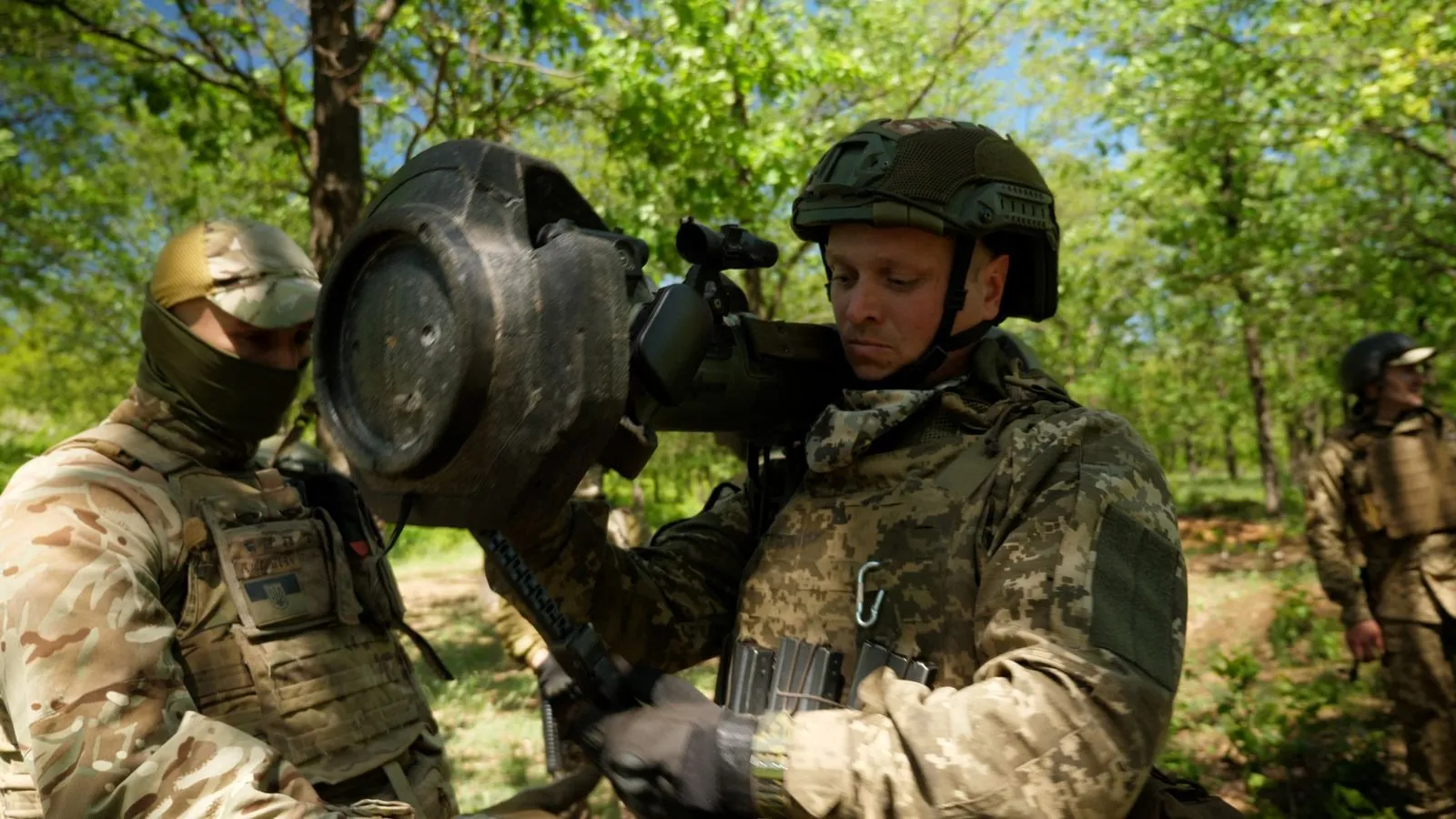No profits for companies. Wartime economy.
Yeah. Government-owned companies producing shells that probably wouldn’t pass QC in “the west”, and paying employees a pittance in comparison. Also at least based on aerial photos, Russians seem to use contact fuzes a lot (you can see the difference from the “splash” patterns) which are a lot cheaper than airburst / multifunction fuzes, but admittedly those might well have been old Soviet stock and their new production could well be more modern.
Still, regardless of the fuze used it’s no surprise that Russian production is cheaper.
Reportedly the Russian factory workers are being paid quite well. And the lack of quality is just a myth I think. There’s no indication that’s actually true.
The real reason prices in the West are so high is that there’s a shortage, and shells are supplied overwhelmingly by private contractors, and so the price has multiplied thanks to supply-and-demand market logic.
You may think the Efficient Free Market Knows Best™, so shouldn’t they increase production? Think again. They’re making record profits right now. Meaningfully increasing production involves building new factories for billions of dollars/euros, which might be ready in a year or two. By then the war will be over and they would have overcapacity, which would be inefficient and prices would plummet. Why would they do that to themselves?
So they’re in a great negotiating position vis a vis desperate Western governments. They want guaranteed profits, of the same sort they’re making right now, or else the shortage continues.
Reportedly the Russian factory workers are being paid quite well.
Paid well for Russian factory workers
And the lack of quality is just a myth I think. There’s no indication that’s actually true.
Then you haven’t been paying attention.
Yes lmao, let’s just ignore the overall abysmal precision, the anti-air defense that strikes it’s own cities, the exploding shells upon firing, etc. No lack of quality here.
Russian military is building their own while West is buying from others. Obviously the Russian’s gonna be better and cheaper then westerners.
What makes you think that? Do you think we are buying made in China artillery shells? Of course the West makes its own. The main difference is that we never expected to need very many of them, because in a typical war the West has air superiority and uses bombs/rockets instead of shells.
Russian military is building their own while western ones are buying it from corporations that want only profit and nothing else. So to keep this profit going up they don’t expand their factory capacity creating an artificial scarcity of shells to keep their prices up. But it’s not the case with Russian military.
https://kyivindependent.com/general-staff-russians-using-low-quality-defective-north-korean-shells/
edit: lol, can’t argue the premise or any of the points so, uh, downvoted lol!
it’s all you got huh slick?
considering the rate at which UA is destroying russian tube arty I can’t imagine the fuzing will make much difference in the war.
what an absolute shit show.
It’s not like literally all Russian artillery gets destroyed before firing off a single shot. Fuzing absolutely does make a difference
no, it’s just that 20-40+ tubes are eliminated DAILY. which is absolutely bonkers. They’re losing a division of artillery every couple weeks.
you do realize it takes meatsacks to run the guns right?
and while you may be able to refurb some of the damaged tubes, the meatsacks are gone and you’re going to have to train new ones?
It’s not like literally all Russian artillery gets destroyed before firing off a single shot. Fuzing absolutely does make a difference
no, it’s like, mathematically obvious, that literally all russian arty gets destroyed before firing off their second or third salvos, you know, the shots ‘fire for effect’ cover, the ones that matter?
If you knew squat about field artillery you’d fucking know the first few rounds always require adjustment.
You’d also understand shoot and scoot. Apparently all these concepts are new to you.
What a fucking bellend, wannabe redleg pogue
Hungry North Koreans too
I’m sure the Ukrainian drone manufacturers really appreciate this. The cheaper they are the more you have at depots, the bigger the boom when you bomb them.
When the dollar signs in your eyes make you forget one third of the phrase “military industrial complex.”
Which I’m sure are definitely not of lower quality with an increased ratio of duds produced by a more war-centric economy that’s ultimately degrading their society even further.
Then surely Ukraine can hold its own from these duds, without further funding?
Yeah idk man, I’d need to see some evidence that this was the case and not just wishful thinking on the level of “Their nukes probably don’t even work.”
war-centric economy that’s ultimately degrading their society even further
You’re talking about the US here right?
Nothing in the article supports that.
Also, nothing in the article specifies if the production capacity in Russia is from running the same factories longer or adding new factories. The former could increase defective munitions being produced and the later would probably show about the same level of defectives as production at lower rates.
Also, artillery shells and their fuses are two different things. Nothing in the article says anything about the fuse production, it might be assumed in the article and I’m just being pedantic, or it might an intentional oversight. Pretty sure its the fuses that are normally the problem when an artillery shell doesn’t explode when its supposed to.
This is the best summary I could come up with:
Russia is producing artillery shells around three times faster than Ukraine’s Western allies and for about a quarter of the cost, according to an analysis shared with Sky News.
The figures, produced by the management consulting firm Bain & Company, underline a major challenge faced by the Ukrainian armed forces as they rely on supplies of ammunition from the United States and Europe to battle Russia’s full-scale invasion.
It prompted the US, the UK and other European allies to seek to ramp up production in their respective factories, but their ability to manufacture artillery rounds still lags behind Russia’s despite a combined economic strength that far outmatches Moscow’s.
“Often, with just one, two or three shells, we can completely destroy a target,” said Senior Lieutenant Kostiantin, an artillery battery commander with the 57th Brigade, which is fighting against a new Russian invasion into the Kharkiv region, in the northeast of Ukraine.
Sky News visited a group of new recruits in the east of the country who were learning how to use an N-LAW anti-tank missile, first provided to the Ukrainian military by the UK.
Sky News visited a factory in Belfast in April where the N-LAW missile is assembled by Thales, a global defence company.
The original article contains 931 words, the summary contains 205 words. Saved 78%. I’m a bot and I’m open source!
Not only that, but also at a fraction of a cost.
In October, NATO’s senior military officer, Adm. Rob Bauer, said that the price for one 155mm shell had risen from 2,000 euros ($2,171) at the start of Russia’s full-scale invasion to 8,000 euros ($8,489.60).
Russia’s production costs are also far lower than the West’s, in part because Moscow is sacrificing safety and quality in its effort to build weapons more cheaply, Mr. Salm said. For instance, it costs a Western country $5,000 to $6,000 to make a 155-millimeter artillery round, whereas it costs Russia about $600 to produce a comparable 152-millimeter artillery shell, he said.









